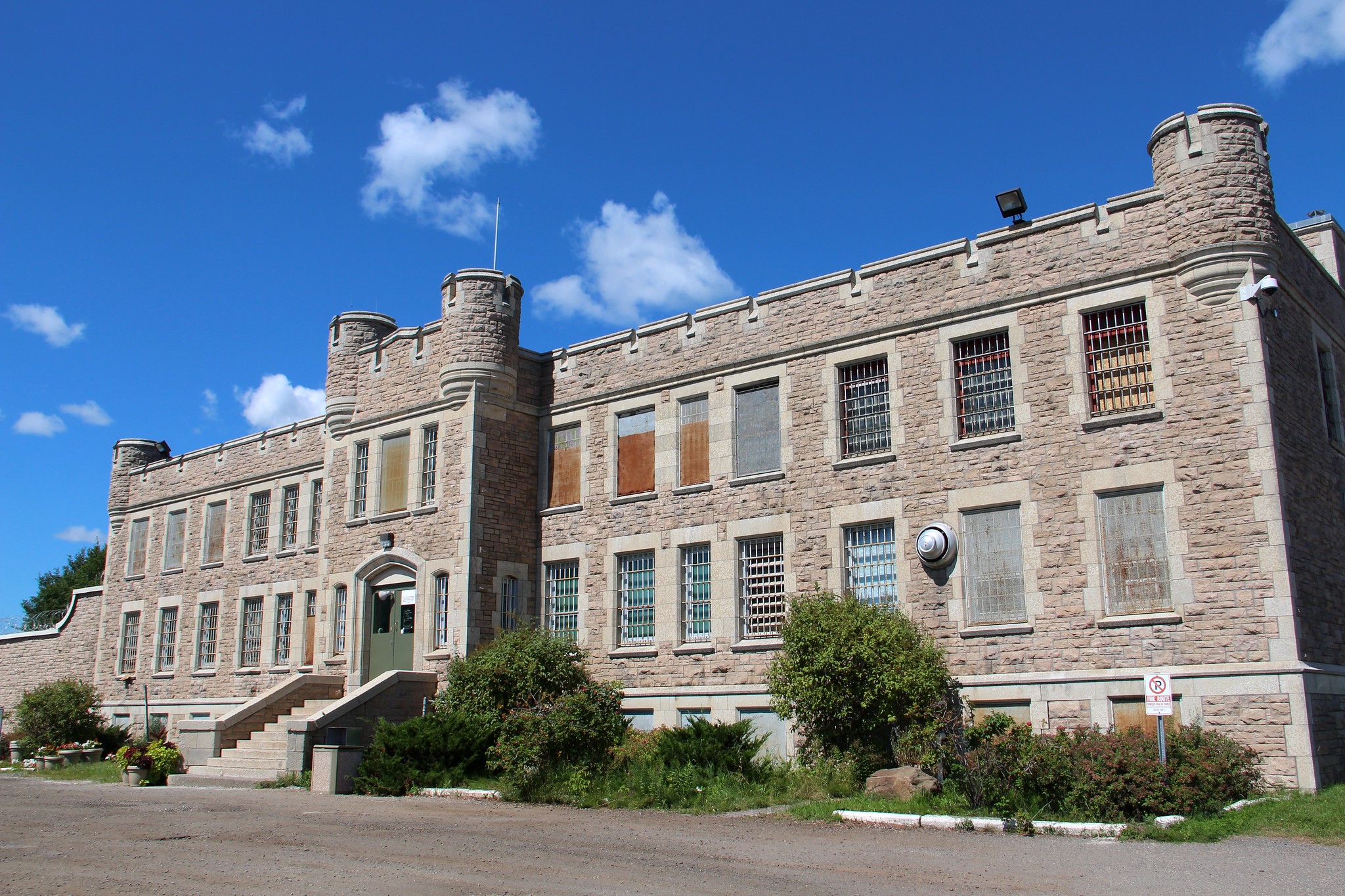
In June 2020, Kevin Mamakwa died at the Thunder Bay District Jail in northwestern Ontario. A member of the Kingfisher Lake First Nation, Mamakwa was 27 years old and the father of Kashtin, Caelum, Cadrian and Amira Mamakwa.
He is the ninth man to have died at the Thunder Bay jail since 2002, seven of whom were Indigenous. Kevin Mamakwa’s death is both a singular tragedy and a symptom of larger social and legal illnesses.
The Thunder Bay District Jail is situated in a city rife with systemic racism and broken trust between police and Indigenous people. Both prisoners and guards describe the jail as overcrowded and dirty. The jail is a site of violence and sub-standard living conditions, according to Ontario’s prison ombudsman, who received 6,000 complaints about the province’s jails last year.
Mamakwa’s uncle, Sol Mamakwa, a member of provincial parliament in Ontario, and his cousin, Nishnawbe Aski Nation Grand Chief Alvin Fiddler, have publicly called for the jail to be shut down.
Ontario’s solicitor general recently reaffirmed the province’s 2017 commitment to build a new correctional complex to replace the jail. While the budget for the new construction is not public, we do know criminal incarceration cost Ontario about $1.63 billion, or $114,587 per prisoner, in 2016-17.
Addressing what Sol Mamakwa named as systemic racism does not mean constructing a new jail. It means confronting the scope of the issues in the colonial rule of law, and grappling with the legacy of mistrust and abuse.
Read more:
Remembering Neil Stonechild and exposing systemic racism in policing
The government should redirect the huge amount of public funding earmarked for the new Thunder Bay complex into services and resources that lead to true safety as well as the dismantling of settler colonialism.
Over-incarceration of Indigenous people
American Critical Resistance prison abolitionists Rachel Herzing and Isaac Ontiveros contend that the “prison industrial complex” encompasses “the intersecting interests of government and industry that employ surveillance, policing, the judiciary and imprisonment as solutions to what the state identifies as social problems (i.e., poverty, homelessness, ‘social deviance,’ political dissent).”
Scholars are clear that the Canadian criminal justice system targets racial minority groups for policing and incarceration. Indigenous-run organizations have argued for years that consistent negative messaging about Indigenous communities paves the way for policing and imprisonment.
Indigenous Peoples living in Canadian cities and rural settings face violence by public officials, including during wellness checks. Structural violence results in the related intrusions of the Indigenous child removal system and racist social services practices, like the notorious seizing of Indigenous newborns through birth alerts.
First Nations people are among the most racially discriminated against communities in Canada. Intergenerational trauma is compounded by an ongoing history that includes settler colonialism, the Sixties Scoop — the mass removal of Indigenous children from their families into the child welfare system — the residential school system and the continuing violations of Indigenous land and cultural rights.
A consensus is forming that settler colonialism and over-incarceration go hand in hand. While accounting for about five per cent of the general Canadian population, the proportion of Indigenous people in prison surpassed 30 per cent in 2020, with Indigenous women comprising 42 per cent of female prisoners. In January 2020, 75 per cent of prisoners in the Thunder Bay jail identified as First Nations.
Read more:
Canada guilty of forging crisis in Indigenous foster care
Perceived discrimination negatively impacts health. In the time of the COVID-19 pandemic, and the increasing recognition that prison health is public health, there is even more urgency to shutter Thunder Bay and other jails.
Defund and share the resources
Black feminist thinkers like Angela Davis, Ruth Wilson Gilmore and Mariame Kaba have been thinking through practical and pragmatic alternatives to incarceration for decades.
They conclude that addressing harm and “fixing” the criminal justice system are two separate things. The current criminal justice system is not working to prevent or address violence like rape and murder. In fact, as Kaba argues:
“The vast majority of rapists never see the inside of a courtroom, let alone get convicted and end up in prison. In fact, they end up becoming president. So the system you feel so attached to and that you seem invested in preserving is not delivering what you say you want, which is presumably safety and an end to violence. Worse than that it is causing inordinate additional harm. The logics of policing and prisons are not actually addressing the systemic causes and roots of violence.”
Defunding a new jail in Thunder Bay is therefore a vital first step in fighting what Wilson Gilmore calls “organized classed and racialized premature death” for the “less-than-human, perpetually condemned, jobless, criminal.” Instead of building yet another prison, we must embrace carceral divestment strategies and focus our efforts on reshaping a post-pandemic society that addresses the challenges that led to Kevin Mamakwa’s incarceration and death.![]()
Stephanie J Silverman, Research associate, York University, Canada
This article is republished from The Conversation under a Creative Commons license. Read the original article.